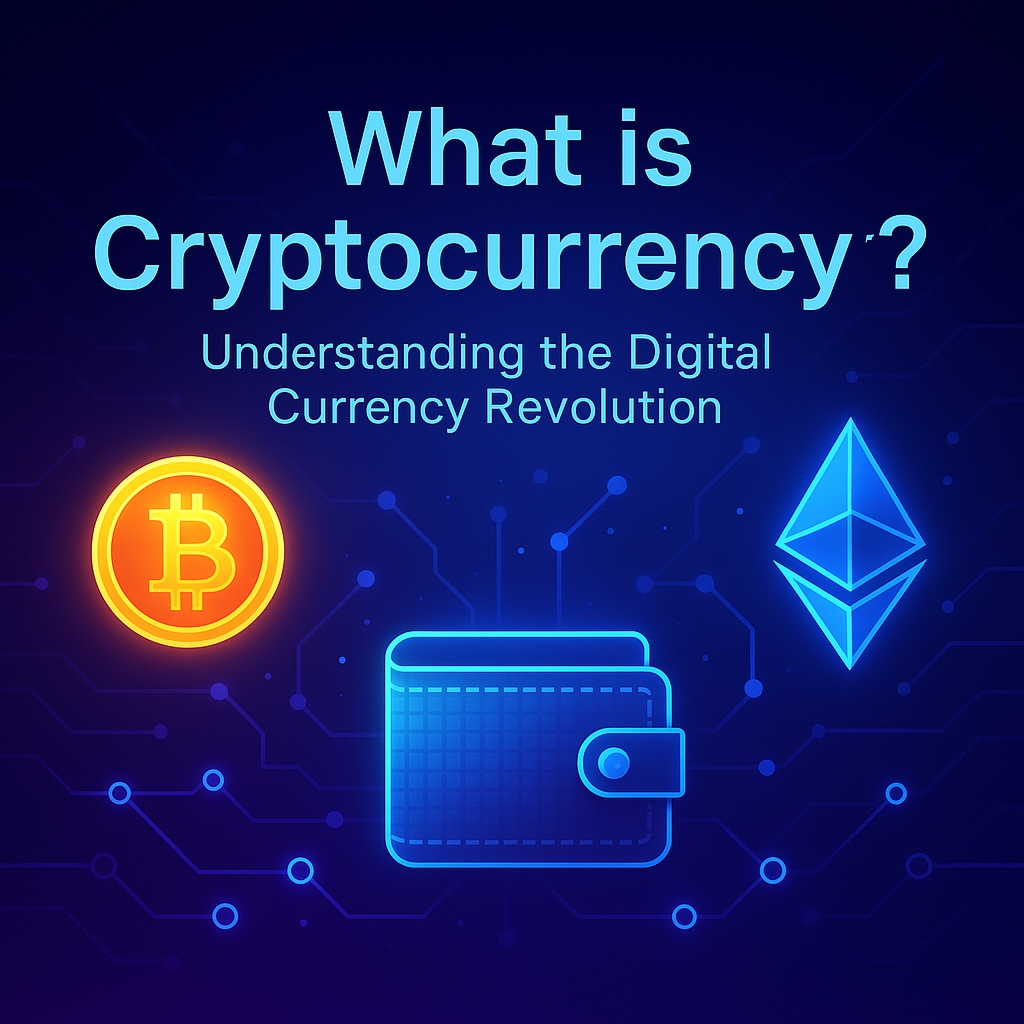Breaking News
Popular News




Enter your email address below and subscribe to our newsletter

Blockchain vs Traditional Databases — this comparison is becoming more important as businesses adopt digital transformation. At bit2050.com, we dive deep into the fundamental differences between the two technologies and help you decide which is right for your needs.
A traditional database is a centralized system used for storing and managing data. Examples include MySQL, PostgreSQL, and Oracle.
Key Features:
Centralized control
CRUD operations (Create, Read, Update, Delete)
Fast query handling
Access control via user authentication
While efficient for most applications, traditional databases can be vulnerable to single-point failure, data manipulation, and unauthorized access.
Blockchain is a decentralized and distributed ledger technology. Every transaction or record is stored in a block and linked to the previous one.
Key Features:
Decentralized network
Immutability of records
Transparency and trust
Enhanced security with cryptographic hashes
Blockchains are widely used in cryptocurrencies, DeFi, and supply chain industries due to their secure and transparent nature.
| Feature | Traditional Database | Blockchain |
|---|---|---|
| Architecture | Centralized | Decentralized |
| Data Mutability | Editable | Immutable (append-only) |
| Security | Protected with access control | Secured via cryptographic hashing |
| Speed | Fast | Slower due to consensus validation |
| Transparency | Private by default | Transparent by design |
| Use Case Examples | Banking systems, e-commerce, CRMs | Cryptocurrencies, smart contracts, DeFi |
Choose blockchain when:
You need trustless transactions.
Data immutability is critical.
Transparency is a priority.
There are multiple untrusted parties involved.
Go for a traditional database when:
You require high-speed transaction processing.
Full control over data is essential.
Your system doesn’t require decentralized consensus.
Your app is centralized in nature (e.g., SaaS, CMS).
Blockchain vs Traditional Databases isn’t about which is better overall — it’s about which fits your specific needs. For Web3 applications and transparent systems, blockchain is the future. But for fast and controlled environments, traditional databases still reign.
Explore more comparisons and guides at bit2050.com — your hub for digital finance and tech education!
The biggest advantage is decentralization, which ensures data integrity without a central authority.
Yes. Blockchain uses cryptographic hashing and consensus mechanisms, making it tamper-resistant.
No. Blockchain has its limitations in speed and scalability. It’s ideal for trustless, decentralized environments, not all applications.
Traditional databases are cheaper to set up and maintain. Blockchain can have higher costs due to infrastructure and energy use.